- News
- Reviews
- Bikes
- Accessories
- Accessories - misc
- Computer mounts
- Bags
- Bar ends
- Bike bags & cases
- Bottle cages
- Bottles
- Cameras
- Car racks
- Child seats
- Computers
- Glasses
- GPS units
- Helmets
- Lights - front
- Lights - rear
- Lights - sets
- Locks
- Mirrors
- Mudguards
- Racks
- Pumps & CO2 inflators
- Puncture kits
- Reflectives
- Smart watches
- Stands and racks
- Trailers
- Clothing
- Components
- Bar tape & grips
- Bottom brackets
- Brake & gear cables
- Brake & STI levers
- Brake pads & spares
- Brakes
- Cassettes & freewheels
- Chains
- Chainsets & chainrings
- Derailleurs - front
- Derailleurs - rear
- Forks
- Gear levers & shifters
- Groupsets
- Handlebars & extensions
- Headsets
- Hubs
- Inner tubes
- Pedals
- Quick releases & skewers
- Saddles
- Seatposts
- Stems
- Wheels
- Tyres
- Health, fitness and nutrition
- Tools and workshop
- Miscellaneous
- Cross country mountain bikes
- Tubeless valves
- Buyers Guides
- Features
- Forum
- Recommends
- Podcast
BUYER'S GUIDE
 Beginners guide to cycling shoes August 2018
Beginners guide to cycling shoes August 2018Best beginner cycling shoes 2025 — demystifying the world of bike-specific kicks
Proper cycling shoes help keep your feet comfortable, improve power transfer and let in air to cool your feet on hot days. They’re an under-rated part of the cycling wardrobe and needn’t cost the earth. However when you're new to cycling, the world of bike-specific shoes can seem dauting and confusing. So we're here to demystify it, and take you through our pick of the best beginner cycling shoes.
-
Used with cleats, cycling shoes hold your foot in the best position for efficient pedalling, but even on their own their extra stiffness improves comfort
-
Cycling shoes intended for some types of mountain biking don't take cleats but use sticky rubber to grip flat pedals
-
Inexpensive cycling shoes are usually closed with three Velcro straps, or laces
-
You don't have to spend big; there are cycling shoes for over £300, but very functional and comfortable shoes can be had for around a tenth of that
5 great entry-level cycling shoes
- Triban RC 100 shoes — £34.99
- Muddyfox RBS100 — £37.99
- dhb Dorica — £63.00
- Giro Petra VR — £67.99
- Shimano ME2 — £39.99 (limited sizes)
The key to the function of cycling shoes is the sole. Cycling shoes have soles that are substantially stiffer than those of regular shoes or trainers. They don’t need to bend for walking, so they can be very stiff. That spreads the force you’re putting on the pedals around your foot and stops your foot uncomfortably bending at the edges of the pedal.
Let’s take a look at cycling shoes from the sole up.
Soles
A cycling shoe sole is stiff because it’s made of some sort of rigid plastic, often reinforced with fibreglass or carbon fibre. Most cycling shoe soles have threaded inserts so you can attach cleats for use with clipless pedals, though there are a few retro-styled shoes with smooth soles for use with clips and straps.
There are two types of soles for clipless pedals. Road racing-style shoes have three threaded inserts for a cleat that sits on the outside of the sole. Mountain bike style shoes take a two bolt cleat that sits in a recess in the sole tread so that the shoes are easier to walk in when you have to get off the bike.
Shoes for three-bolt cleats are great for rides where you don’t get off the bike for more than a cafe stop. If you want to walk around in between periods on the bike, go for two-bolt shoes.
Three-bolt soles usually have a couple of lumps of rubber under the heel and toe to make it slightly easier to walk in them, but they only improve things a little.
Uppers
Cycling shoe uppers are made from many materials including real leather or suede; synthetic leather or suede; and nylon mesh. They are usually stitched together from various panels of material, but some high-end shoes have the upper moulded in one piece, which saves weight. Look for seams reinforced by double lines of stitching at the edges of the panels.
The main body of the upper will have padding, reinforcement and stiffening in various places. The most significant stiffening is usually around the heel. This heel cup is shaped to hold your heel down in the shoe so it doesn’t slip on the upstroke as you pedal. The toes are usually reinforced against scuffing, especially in shoes intended for mountain biking. There’s usually padding at the heel and top of the shoe for comfort.
Some high-end shoes have uppers that can be moulded to more precisely fit your feet. Your dealer warms them, usually in a special oven, and then you put them on and buckle them up. As they cool they’ll take on the shape of your feet.
Closures
To keep them on your feet shoes need to be fastened. The old school way of doing this was with laces, but most cycling shoes now use Velcro straps, buckles, dials or some combination. Laces have made a bit of a comeback in the last few years, though, with some very high-end models using sophisticated string to keep them snug.
Shoes with laces will usually have a Velcro strap to cover the knot or some sort of ‘speed laces’ with a buckle to hold the laces in place and a place to tuck the free end. Either way, you don’t want any dangling string that can get caught in your chain or wrapped round the pedal axle so be sure to there are no loose dangly bits to get snagged. They may be a bit fiddly, but laces allow you to spread the tension evenly over your foot, which can make lace-up shoes very comfortable.
Velcro straps are the cheapest option. There are usually three along the top of the foot and you simply pull them tight and cinch them down. They’re quick and easy and they hold the shoe firmly im place, but as there are only three of them it’s easy to overdo tightening one and end up feeling like part of your foot has been clamped. Tighten them gently.
On more expensive shoes you’ll find a ratchet buckle replacing the top strap. The advantage of a ratchet is that it’s very easy to adjust the tension as you ride, either to tighten it for a big effort or loosen it off if your feet are getting tired.
On some high-end shoes you’ll find one or two dials that tighten very fine plastic-covered steel cables. In effect this is the high-tech answer to laces, spreading the tension around the top of the foot. The idea first appeared as the Boa closure; several shoe manufacturers now use it or their own versions. Like ratchets, wire-dial closures allow you to adjust the tension while you ride.
Insoles
Inside the shoe you’ll find an insole that cushions your foot and spreads the loads around. These vary in sophistication from a simple layer of foam to liners with multiple densities and adjustable support to heat-mouldable insoles that can be shaped to fit your foot. You can also buy new insoles to improve the fit and comfort of your shoes.
Ventilation, warmth and waterproofing
All that pressure through your feet can lead to them getting hot on warm days. As well as weight reduction, that’s why some shoes use lightweight mesh to let air in and cool your feet. Many shoes also have ventilation holes in the soles, though these can make you too cold in the winter. A strip of duct tape fixes that.
Speaking of winter, you can get shoes specifically-designed to keep your feet war and dry during the cold and wet months. They usually have a breathable, waterproof Gore-Tex liner and a layer of insulation. That means they’re not cheap, but they’re worth it if you want to carry on riding through the winter. Pro tip: buy them in the spring when they’re heavily discounted and put them away for winter.
Women’s shoes
In general, women have narrower ankles than men and smaller feet. Women’s shoes are therefore a slightly different shape, and some models are available in smaller sizes than the 36 that’s usually the lower limit of men’s ranges.
What do you get for your money?
It pays to shop around; shoes are rarely sold for full RRP. At actual prices of around £50 you start getting ratchet buckles for easy tension adjustment.
Want something stiffer and lighter? The cheapest shoes we’re aware of with carbon fibre soles will set you back £65, and you don’t have to pay much more for heat-mouldable soles.
From there on up shoes generally get more orientated toward racing, with a few exceptions like winter boots and expedition mountain bike shoes. That also means soles usually get stiffer and the whole shoe lighter. The light, high-strength materials needed to achieve that are expensive, which pushes up the price of the shoes. Won the lottery? Check out the handmade Assos G1 shoes with carbon fibre soles, kangaroo leather uppers, Boa closure and every clever detail you can think of. A snip at £370.
Five great shoes for beginner cyclists
Triban RC 100 shoes — £34.99
Shoes with two-bolt SPD cleats are great for riders who are new to cycling shoes because they're easier to get into and allow you to walk around off the bike. These cycle touring shoes from Decathlon are a bargain, with a Velcro strap to stop the laces getting tangled in your bike and a reflective insert in the heel for visibility.
Muddyfox RBS100 — £37.99
These budget road shoes from Muddyfox have a three-strap closure to spread the tension over your foot, and Amazon reviewers say the sole is plenty stiff. For just £35, they do the job.
dhb Dorica — £63.00
This is the mountain bike version of some shoes we tested and liked a couple of years ago. Those shoes required a bit of bodging to work with two-bolt cleats; these don't, which makes them a far better choice for general riding. The Dorica shoes hark back to yesteryear with their laces and lack of high-visibility or reflectivity. Coming in black or white, these are the cycling equivalent of a Little Black Dress or black polo-neck sweater, and will pair with just about any cycling apparel.
Giro Petra VR — £67.99
While there's always going to be a time and a place for super-stiff lightweight road shoes, sometimes that's not always what's required, or desired. The Giro Petra VR Shoes are designed for those times when there's going to be a fair bit of walking as well as riding, and when a more low-key looking shoe may be the thing. But they're still technical.
Officially in Giro's 'dirt' section of the company's website, the Petra VR is more a touring or casual shoe, rather than a technical mountain bike shoe. They lace up, have a Vibram sole, and feature a removable plate under which lurks SPD attachment points, but they are styled much more casually.
The men's equivalent is the Rumble VR.
Read our review of the Giro Petra VR
Shimano ME2 — £39.99 (limited sizes)
Happy customers report comfort on three-hour-plus rides from these three-strap mountain bike shoes which have fibreglass reinforced soles for comfy pedalling. A rubber outsole provides grip when you're off the bike, so these can be used for strolling around as well as riding.
Gaerne Carbon G. STL — £379.90
Only kidding!
Explore the complete archive of reviews of cycling shoes on road.cc
Selected Best Buys:
Prices correct at time of publication.
About road.cc Buyer's Guides
The aim of road.cc buyer's guides is to give you the most, authoritative, objective and up-to-date buying advice. We continuously update and republish our guides, checking prices, availability and looking for the best deals.
Our guides include links to websites where you can buy the featured products. Like most sites we make a small amount of money if you buy something after clicking on one of those links. We want you to be happy with what you buy, so we only include a product if we think it's one of the best of its kind.
As far as possible that means recommending equipment that we have actually reviewed, but we also include products that are popular, highly-regarded benchmarks in their categories.
Here's some more information on how road.cc makes money.
You can also find further guides on our sister sites off.road.cc and ebiketips.
road.cc buyer's guides are maintained by the road.cc tech team. Email us with comments, corrections or queries.
John has been writing about bikes and cycling for over 30 years since discovering that people were mug enough to pay him for it rather than expecting him to do an honest day's work.
He was heavily involved in the mountain bike boom of the late 1980s as a racer, team manager and race promoter, and that led to writing for Mountain Biking UK magazine shortly after its inception. He got the gig by phoning up the editor and telling him the magazine was rubbish and he could do better. Rather than telling him to get lost, MBUK editor Tym Manley called John’s bluff and the rest is history.
Since then he has worked on MTB Pro magazine and was editor of Maximum Mountain Bike and Australian Mountain Bike magazines, before switching to the web in 2000 to work for CyclingNews.com. Along with road.cc founder Tony Farrelly, John was on the launch team for BikeRadar.com and subsequently became editor in chief of Future Publishing’s group of cycling magazines and websites, including Cycling Plus, MBUK, What Mountain Bike and Procycling.
John has also written for Cyclist magazine, edited the BikeMagic website and was founding editor of TotalWomensCycling.com before handing over to someone far more representative of the site's main audience.
He joined road.cc in 2013. He lives in Cambridge where the lack of hills is more than made up for by the headwinds.
Latest Comments
- chrisonabike 1 min 23 sec ago
Yeah - it's clearly possible but I wouldn't want to take the Raleigh Chopper challenge... And some folks do audaxes on fixed gear bikes also (same...
- mdavidford 1 hour 15 min ago
Well, it's symbolic isn't it?
- David9694 1 hour 34 min ago
Double yellow lines to be reintroduced around Faversham Guildhall and Market Place to ‘protect’ views of town’s historic landmarks and character...
- Miller 10 hours 54 min ago
Well, there's lifetime bans and there's lifetime bans. Banning an 88 year old don't impress me much.
- Gkam84 13 hours 59 min ago
I think that is why blind eyes have been turned in the UK, internationally aswell, with things like the Redhook crits, there were many licensed...
- mdavidford 15 hours 9 min ago
Ahem - other esporters(?) might be rather surprised to hear that the UCI has taken over their events - I think that would be the Cycling Esports...
- Bungle_52 15 hours 18 min ago
I wonder how he got to the game?
- OldRidgeback 15 hours 20 min ago
You'd need some good wet weather gear for that ride too.
- OnYerBike 17 hours 44 min ago
It seems to me that the most likely explanation is that whoever provided that quote fails to grasp the difference between a "public right of way"...
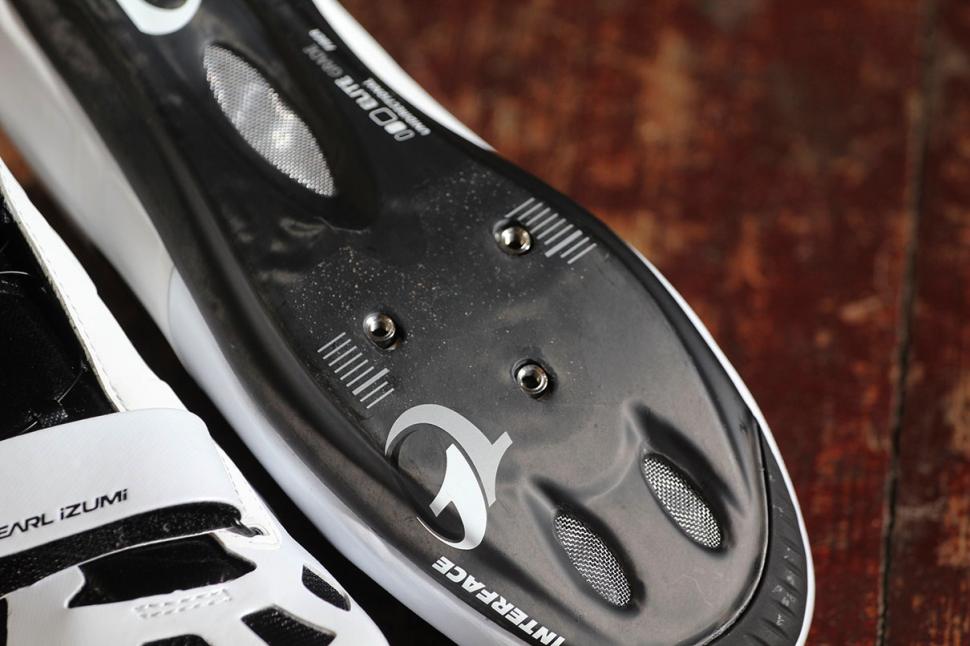
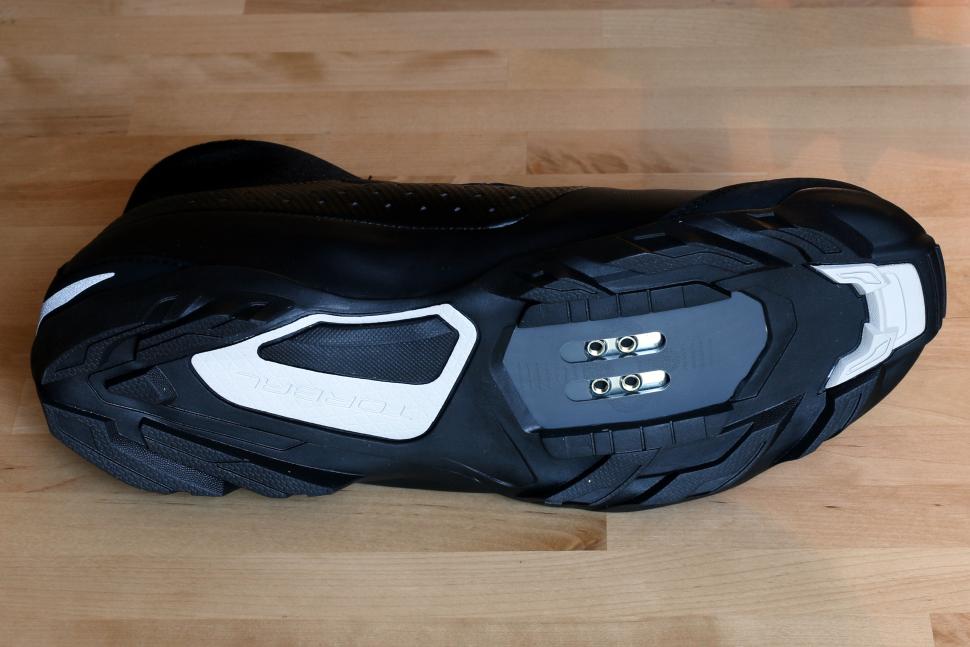

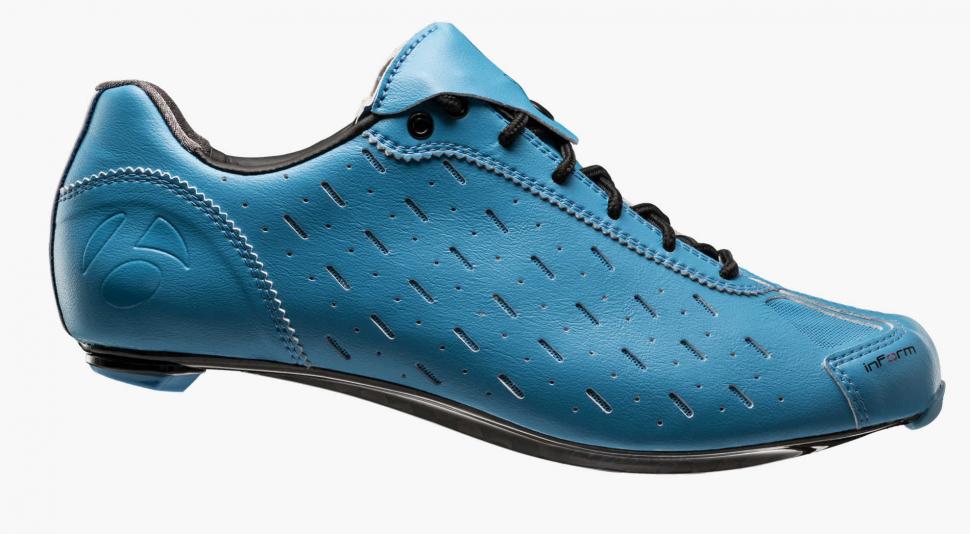


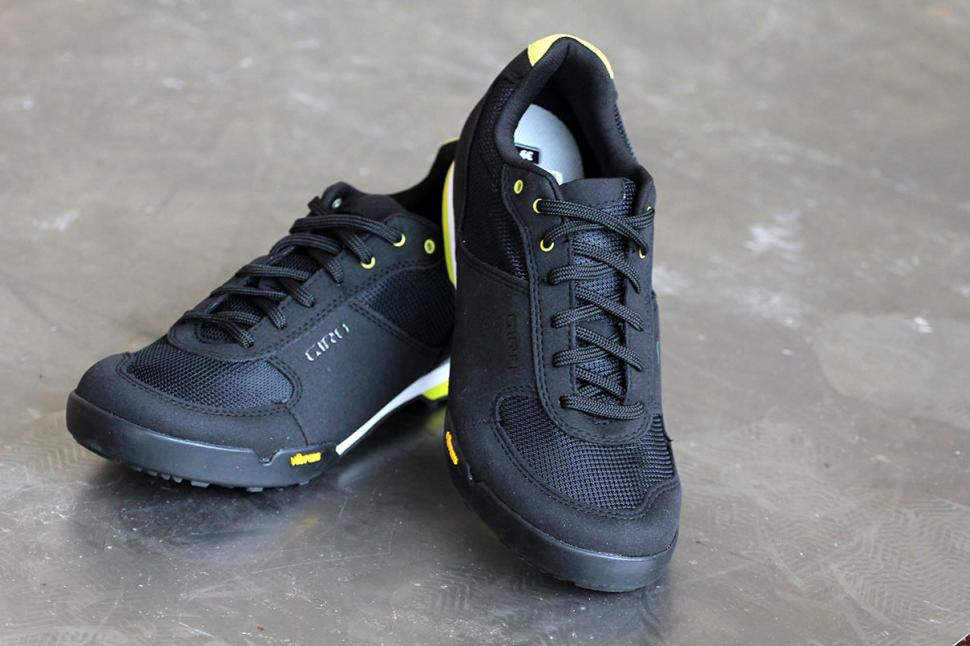
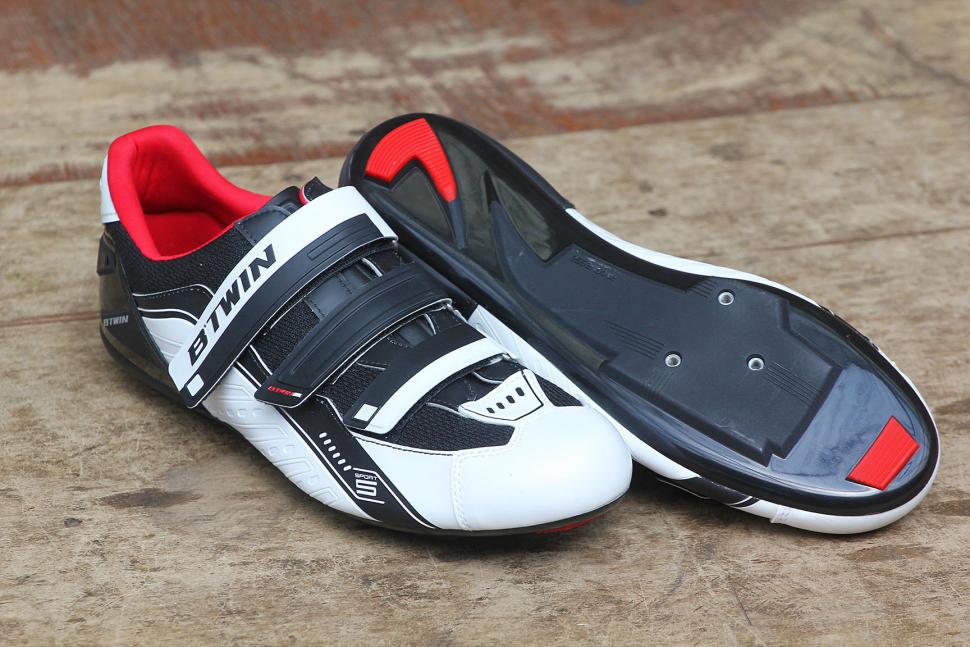
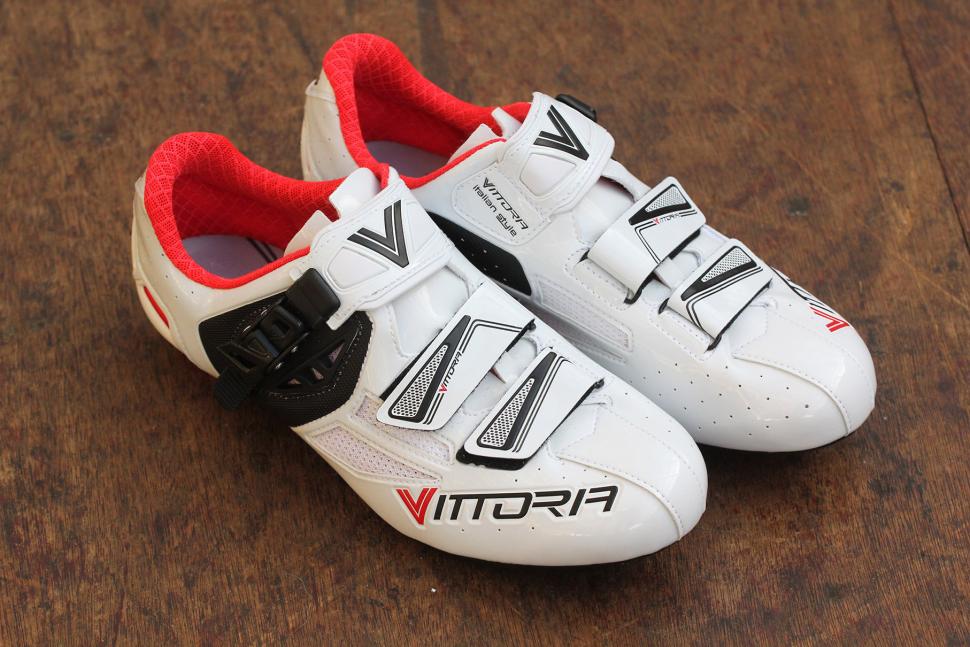
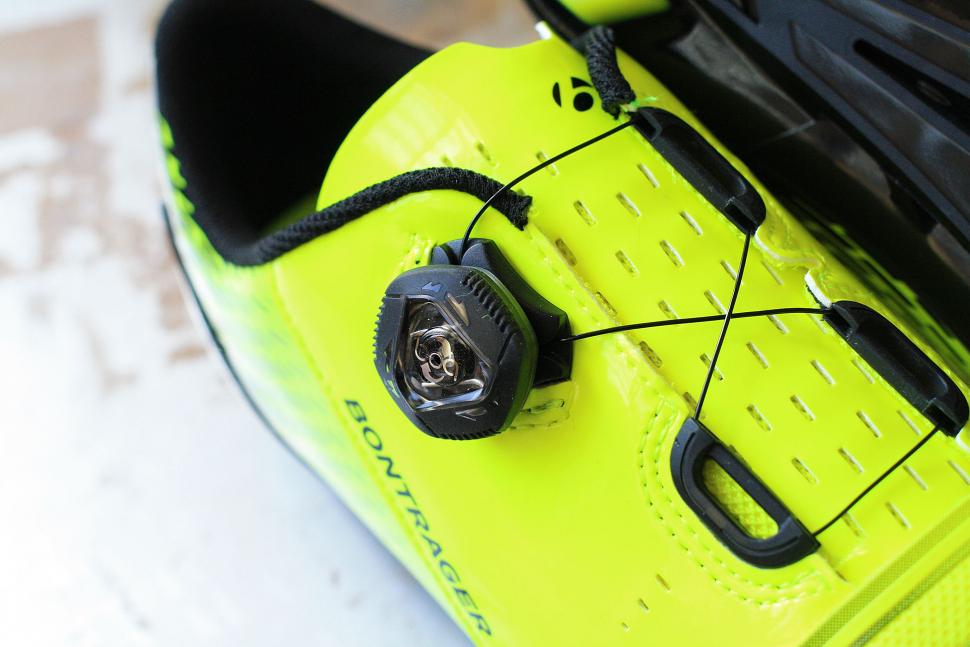




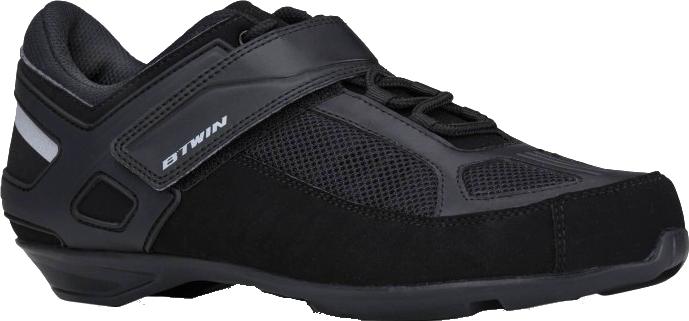


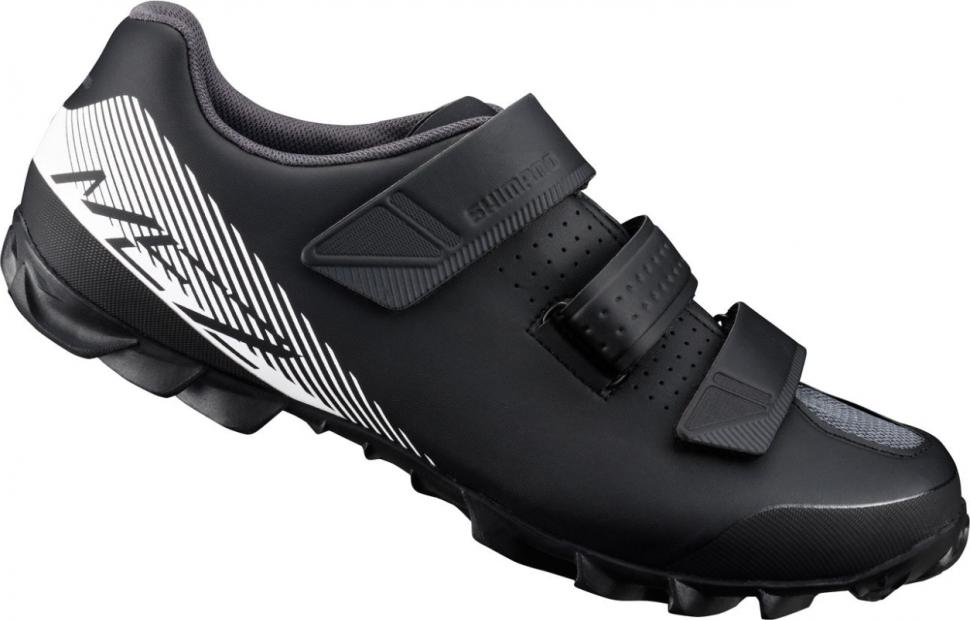

Add new comment
12 comments
Thanks for the review, John. Shoes, when we find the perfect pair-it's heaven.
I use Shimano footbeds, which provide comfort on longer rides (yes, fallen arches)
When the weather is good, Shimano cycling sandales (I have spd pedals, preferring to walk safely!) provide all day comfort, with wind in your toes. Can be rinsed off,and I swim in the lake in mine, but they are heavy.
Gripgrab windproof socks are a great find, coming higher up the ankle. They are better fitting and less bulky than sealskinz.
Would love a pair of elegant leather shoes, for spring and autumn warmth, but not at $300 a pair
Great cycling to all!
A word of caution over "casual" or trainer style shoes. The sole of these is often very supple - good for walking, not good if used with SPD style cleats, since the loads are applied over a small area of the foot. I know this form personal experience having ridden such shoes for a 1000 mile, 2 week tour of Scotland. Near the end my toes were numb and they stayed that way for months afterwards - due to nerve damage from the pressure in the "wrong place". Stiff shoes or platform pedals and toe clips are better options for long distances.
ADMINS: csorthofeet is a spammer - please shut down
I was diagnosed with strap-closure and was given some insoles by my podiatrist. The insoles did not work in all my shoes and I got blisters on my heels. I was in a lot of pain and could not exercise or even go for a walk. I saw an ad for orthofeet shoes online and I was interested. I was so excited to get my pair because of all the great reviews and I was hopeful that they would work for me also. From day 1 they were amazing, so comfortable, no pain when walking or exercising. My strap-closure has even improved and now I am interested in trying different orthofeet styles not just for exercise.
Without seeing exactly where the pain is, or visible damage I'll put my medical reputation (IANAD) on the line and say plantar fasciitis (tendons) and should be helped with insoles that support. Reasonably priced insoles available from Decathlon.
Also check cleat alignment.
Probably best to see a real doctor in order to get the correct diagnosis as the internet medics are generally crap.
As are real doctors. Had a problem with my elbow on full extension recently. She hadn't a clue and just sent me to physio.
Last time I had an eye ulcer, the doc told me to put some antibiotic stuff on and see an optician as I'd had an ulcer 6 months previous so they must be an underlying cause. Optician? I said. Yes, optician, he said, berating me for questioning him. Went to opticion, optician said, you've an ulcer, you need to do to the eye clinic......like the doctor who I saw first time I had an ulcer did. 3 days wasted on the wrong drops and in pain.
Same story with my thyroid. See one doc, puts me on thyroxine, 3 month review comes up, have blood test hear nothing back. Ring docs, reception says reviewed as no action needed. Anyway, I have to see them to get my next 3 months authorised and a different doc looks at blood test and says "this isn't working, I'm tripling your dose".....no action needed eh?
I have to say, it looks as though it's the patient who is crap in these instances. You went to see a doctor, rather than an optometrist (NB, not an optician, they are very different things) about your eye? You went to see a GP rather than a pyhsio in the first instance with a joint problem?
If you get toothache, do you go and see a car mechanic?
Though that's the way the NHS works. To see a physio you have to first see your GP and get referred to one. GPs are gatekeepers. They don't really know very much but they ought to know enough to know who to refer you to.
At least in this case they _did_ refer the OP to one, that's pretty much the right outcome. The problem arises when they are reluctant to refer you anywhere becuase of how the internal market works.
Also, the poster seems to be saying it was the GP who got muddled between an optician and an optometrist.
Would love to hear other people's experiences with discomfort/ache around the outside edge of the arch (the narrow bit between the heel and the ball if you picture a footprint in the sand).
I put it down to shoes which were too narrow, but my new Garneaus are plenty generous but I still get it.
Will try some Specialized insoles next with their various arch support mechanisms, but woulkd be interested to hear if anyone else has experienced this.
I also got Gaerna wide and one size larger. Same problem with my feet. After 10 miles my feet would start to hurt at the side and just behind the toe bones - more or less above the spindle of the pedal. 5 miles further on my feet were almost paralized.
Thought I had moved the cleats around in all possible positions until I moved them back ½-1 cm. Pain was gone immediately. Never felt so studpid, you'd think you tried all the tricks except for the obvious. If you move them to far forward you'll feel the pain (a lot less than the other pains!) in your toes - then just re-adjust the cleats a few millimeters back. Experiement until the pain is gone.
Shimano R088 / RP3 for starter road shoes surely
Perhaps worth noting that some shoes are available with both 2 and 3 bolt fittings on the sole - I've got a pair of Diadora ones like that. If you use them with 2-bolt, as I do, you can get an adapter that fits under the cleat to give a bit more support for walking.